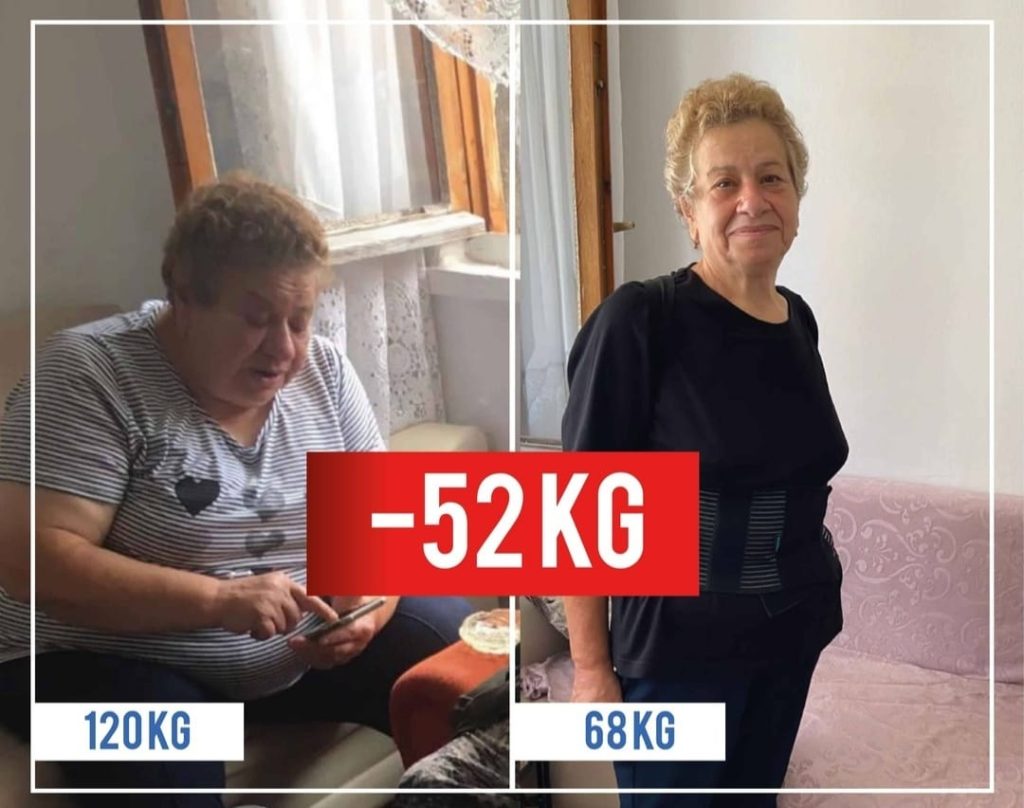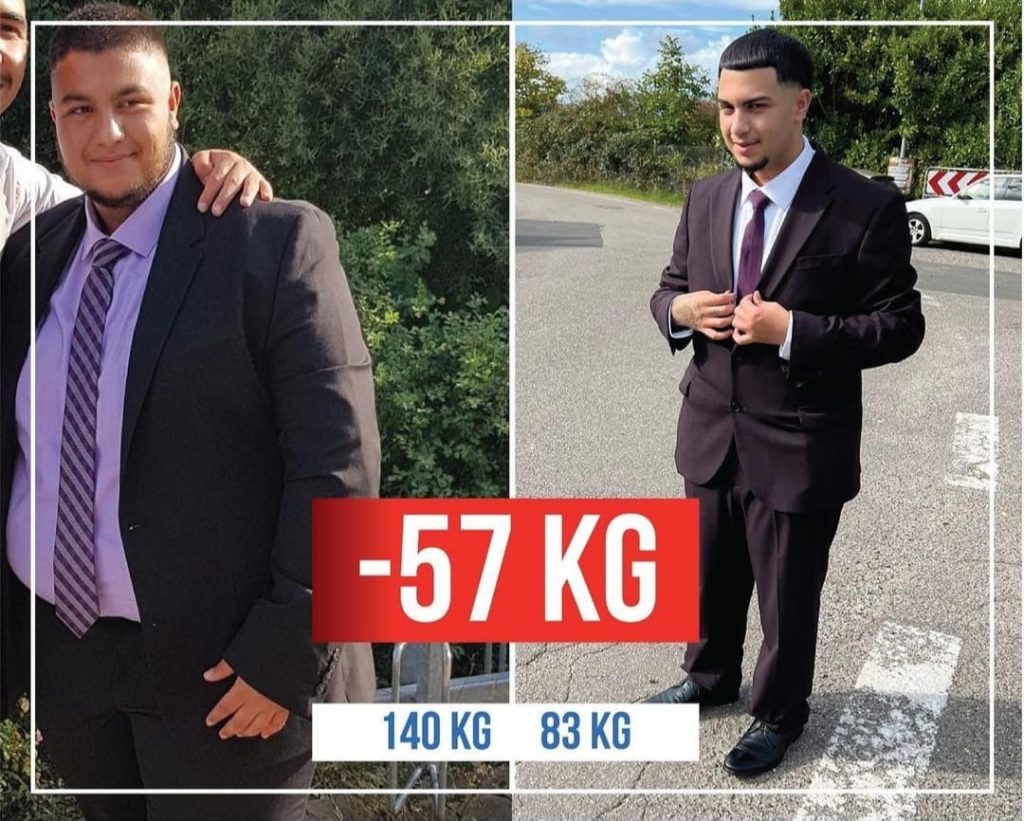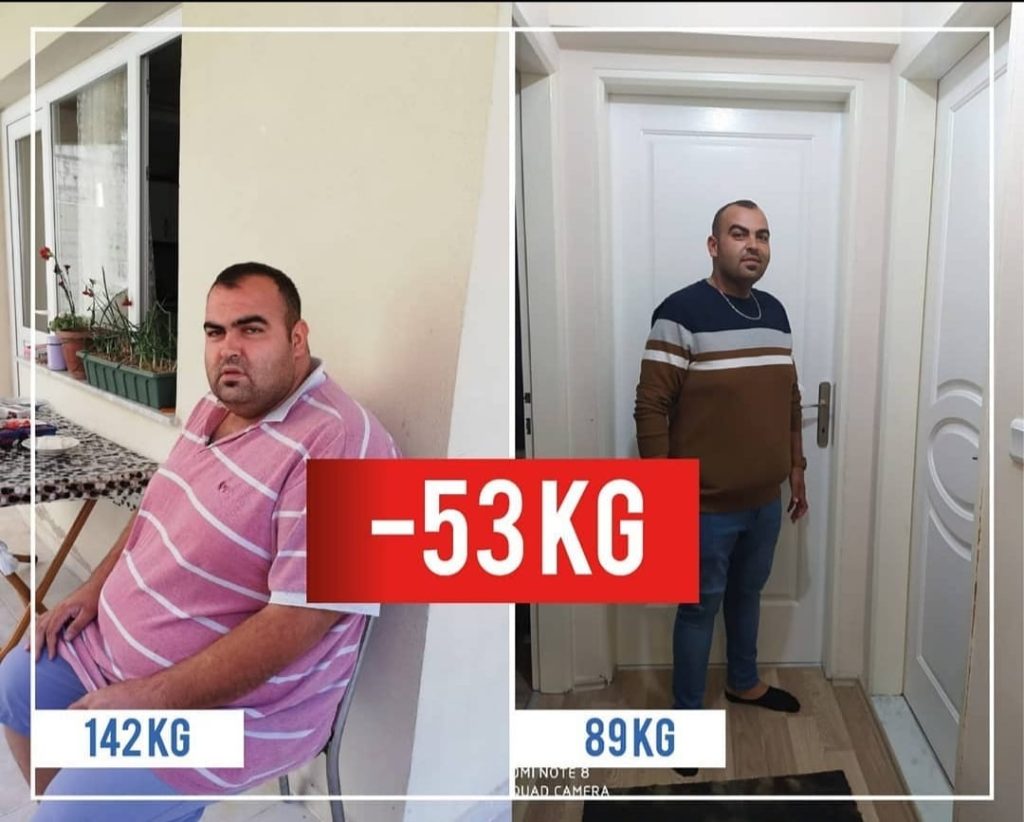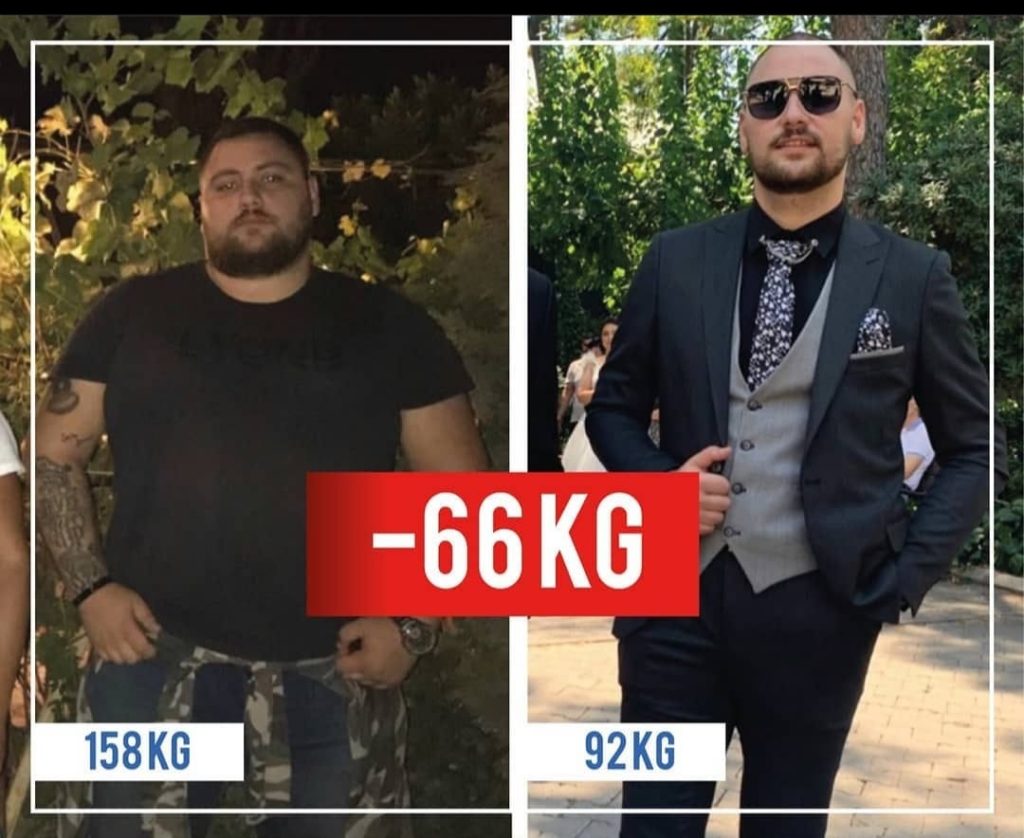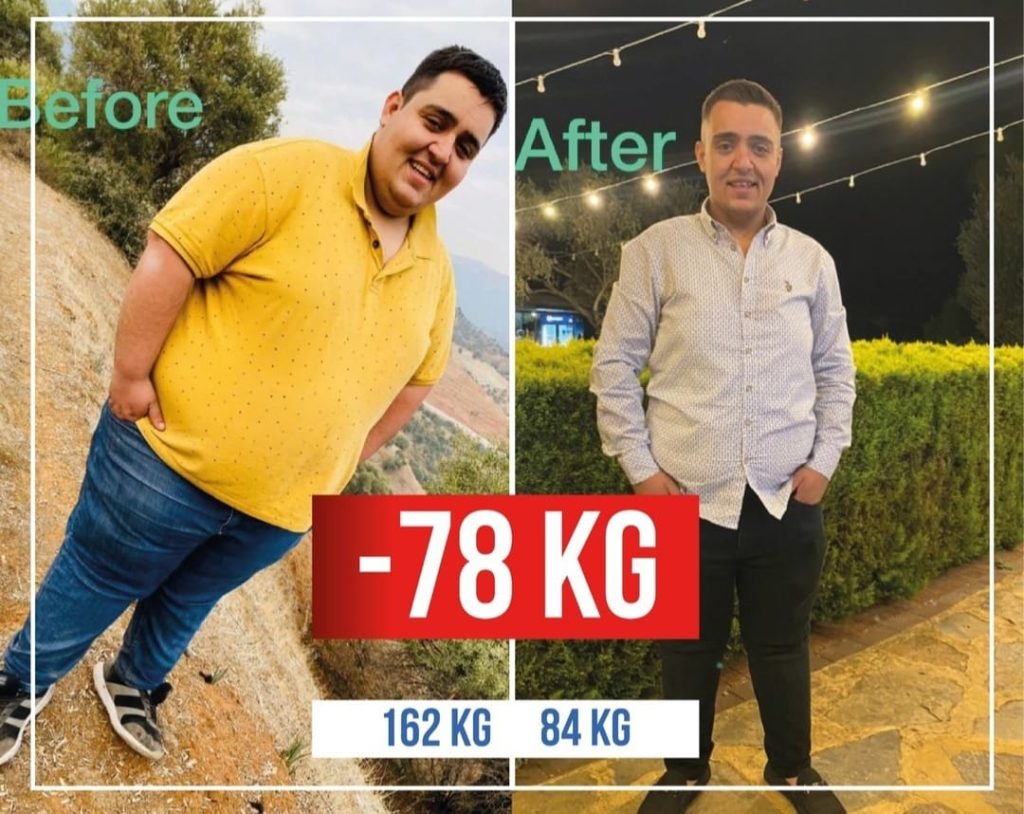How Much Is Gastric Sleeve in Turkey?
What is Gastric Sleeve Surgery?
Bariatric surgery, commonly referred to as gastric sleeve surgery or gastric sleeve surgery, is a form of the procedure. With gastric sleeve surgery, 75–80% of the stomach is removed to help you eat less and lose weight quickly.
Laparoscopic surgery is used to execute gastric sleeve procedures. An incision in the upper abdomen is made by your surgeon, who then sews it up. The left side of the abdomen has been mostly eliminated. The procedure is referred to as a nasogastric tube because the remaining portion of the stomach resembles a small tube (sleeve). Food still passes from the stomach into the small intestine after surgery. In the small intestine, it is neither produced nor altered. After surgery, you will feel full with less food and you will start to lose weight.
What are the Advantages of Gastric Sleeve Surgery?
A laparoscopic sleeve gastrectomy can have advantages like less discomfort, a lower risk of infection, a quicker return to normal activities after surgery, very small skin incisions, and a shorter stay in the hospital.
Along with its advantages, gastric sleeve surgery provides:
- Weight loss of 40% to 70% on average every year
- Because the gastric inlet and outflow valves were not altered after surgery, the gastric function is preserved. Possible moderate vitamin and mineral shortages can also be considered as a benefit of this surgery because no alterations are made to the small intestine.
Who is Eligible for Gastric Sleeve Surgery?
- Age between 18 and 65 years old
- BMI over 40 (more than 35 for patients with serious health problems from obesity)
- Psychological readiness
- Patients who wish to undergo weight loss surgery but are at risk of long procedures such as gastric bypass.
- People who are ready to change their life commitment to a healthy lifestyle
- The most important requirement for international patients who wish to undergo weight loss surgery in Turkey is the opportunity to travel to Turkey.

How is Gastric Sleeve Surgery Performed?
General anesthesia is required in the hospital for the whole laparoscopic gastric sleeve procedure, also referred to as “closed” surgery or LSG. Your surgeon will make roughly five small incisions in your abdomen.
A long, narrow telescope with a tiny camera on the end is then used by the surgeon to carry out the treatment. Approximately 80% of the abdomen is removed using a tool inserted through the incision. highly skilled laparoscopic surgeons are capable of carrying out the same number of open surgery procedures using laparoscopy.
Carbon dioxide is injected into the stomach to expand it. The abdomen is then peeled open using a unique instrument called a trocar. To adjust the remaining width of the stomach, first place the silicone tube from the mouth to the pylorus. It is released by the spleen, nearby blood arteries, and fatty tissue around the stomach. The extra hull is then chopped off and separated using specialized equipment known as bracing. About 80–150 ml of stomach capacity is still available.
The stomach’s cut portion is taken out and given to pathology. The bleeding at the surgically removed and repaired location is then observed. If more seams are required, they can be sewn in or more metal brackets can be used.
Additionally, if required, certain drugs can be rubbed onto the area to halt the bleeding. The accumulated fluid is subsequently drained from the surgical region using a silicone drain. The surgical treatment is finished once the wound has been cosmetically closed.
How Long Does Gastric Sleeve Surgery Take?
The procedure is carried out while completely unconscious. An average gastric sleeve procedure lasts 1.5 hours. The danger following gastric tube surgery is low, and some side effects are reportedly extremely minor due to the protection of the intake and outlet channels into the stomach and the maintenance of the continuity of the digestive system. Today, gastric sleeve surgery is the most used surgical procedure for treating obesity. Like all procedures, gastric reduction surgery might have unfavorable outcomes if it is not carried out by a team of experts, in the proper settings, and with the proper methods.
What are the Possible Risks of Gastric Sleeve Surgery?
The general dangers of any surgical procedure are also present with gastric sleeve surgery. You should always have a group of experts on your side before, during, and after surgery.
Breathing issues are a potential unique consequence of this procedure that might arise from the mobilization of blood clots in the leg veins depending on the patient’s weight, particularly the leakage of sutures and accompanying abscesses, and is seen in 1% of cases. The procedure’s widespread use, the rise in the number of testing facilities and surgeons, and technological advancements are the causes of this decline.
Death Risk of Gastric Sleeve Surgery
The fear factor is primarily responsible for the risk associated with this surgery in the surgical application.
Even though the risk of death is the primary reason for the bad outlook, being overweight causes major difficulties after surgery.
According to documented mortality rates for both general and surgical procedures:
- 1% in a gastric band clamp
- 15% for vertical band gastroplasty,
- 54% in gastric bypass,
- 8% for biliopancreatic anomalies,
- And the overall average is 0.25% when all types of operations are evaluated.
Additionally, research shows that fat individuals have a slightly increased risk of appendicitis and gallbladder operations than non-obese individuals. This risk does not, however, result in demise. The early death rate, for instance, is 2% for cardiovascular surgery and 1% for bariatric surgery. before having a gastric tube implant
The hospital doctors who perform gastric tube surgery adequately inform patients about these dangers. Surgery to treat obesity is not cosmetic surgery! because obesity shortens a patient’s life expectancy by 10 to 15 years.
Furthermore, the dangers of obesity were much greater than those of gastric tube surgery. The concerns connected to additional health issues including liver lubrication, risk of renal disease, sugar, or high blood pressure are eliminated in obese patients after gastric sleeve surgery.
Bariatric surgery is therefore a low-risk procedure that also lowers the danger of later surgeries.
How Many Pounds Can Be Lost with Gastric Sleeve Surgery?
The majority of people often lose a lot of weight after having gastric sleeve surgery. About 70% of overweight people are losing weight. The majority of the weight loss happens in the first year, and after another year and two years, there will be even more weight loss, but the weight typically stays stable.
because it is very impossible to avoid losing weight following gastric surgery without a tube. There are patients whose weight loss is insufficient, just as there are patients whose weight reaches their target weight. A significant patient cohort’s weight loss over the long term was reported to be between 85 and 90 percent in later reports. A tiny percentage of patients could gradually regain weight. However, the chance of returning to the old weights is 1%
Like all operations for obesity, gastric surgery does not guarantee a specific reduction in weight. The appetite is greatly reduced and the amount of food that can be consumed at meals after closed gastric sleeve surgery.
Patients who begin to lose weight see a good shift in their mindset right away. When the routine of daily life is restricted, bad nutrition and inactivity are temporarily interrupted. It gets simpler to switch to a healthier lifestyle. As a result, patients who after surgery adhered to a normal daily schedule, including a healthy diet and exercise, saw greater benefits.
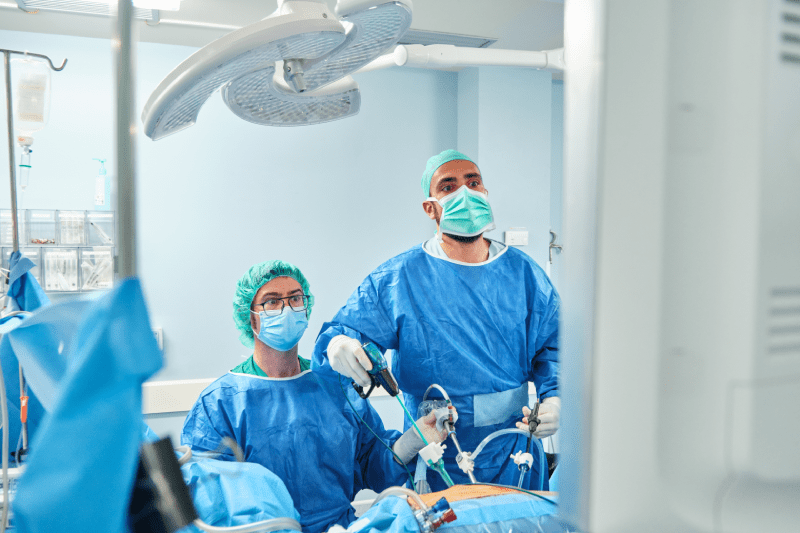
How Long Do Gastric Surgery Results Last?
The patient’s health and diet have a role in this process. From the third month following surgery, you will see the best results. However, if we examine it for a long time, you will achieve perfection in a year. The midway period is right now. It will take longer to notice benefits following surgery if you don’t adhere to the list of diets that your doctor suggests. You might not even see any progress. To sum up, you need to give it three to six months to see the best outcomes. This is a typical timeframe, and the surgery’s results will develop gradually. Continue following your food plan and don’t skip health checks.
How is the Recovery Process After Gastric Sleeve Surgery?
Within 7 to 10 days following surgery, people with desk jobs can resume their jobs. The restriction, however, continues for up to 3 weeks after surgery for patients with severe labor. After day 7, anyone going back to work should refrain from any motions that would put strain on the abdominal wall.
However, patients who have been released are anticipated to resume their usual lives as quickly as possible. Activities in daily life lower the risk of embolism. After laparoscopic gastric reduction surgery, patients can soon resume their normal lives thanks to the closed access. An approximately half-centimeter-long hidden suture is used during closed skin surgery, and after a week, the hidden stitch is fully healed.
In roughly 10 days, the tapering abdominal suture is fully healed. In other words, the patient could leak for ten days or so. Therefore, it is advised to refrain from vigorous exercise and a healthy diet for the first ten days. After a week, the surgical patient can resume work if he does not engage in physically demanding activities.
Is it Safe to Have a Gastric Sleeve Surgery in Turkey?
One of the most serious and challenging procedures to treat obesity is the gastric sleeve. You must unquestionably select the best surgeon and setting.
The safest choice for you in Turkey is to get gastric implants because:
- Turkey has clinics and surgeons with the most experience.
- Additionally, you’ll feel secure while visiting Turkey.
- Your suitability for surgery will be determined by the examinations and examinations conducted prior to surgery.
- Before traveling back to your home country after surgery, you will get dietary instructions and be evaluated by medical professionals.
- Your operations in Turkey will be carried out effectively and safely with this strategy.
How is the Gastric Sleeve Surgery Price?
Gastric Sleeve Turkey Prices are quite variable. There are quite high differences between Istanbul gastric sleeve prices, Antalya gastric sleeve and Izmir gastric sleeve prices. for this reason, most patients evaluate Istanbul prices. Istanbul gastric sleeve prices start at 2325€. Of course, if patients want gastric sleeve package prices, the price will be €2850. This price includes accommodation at the hotel for 4 days and transfers from the airport to the hotel.
Gastric Sleeve Surgery Price in Turkey vs Other Countries
Of the 11 nations we visited, the US has the most expensive gastric bypass procedures, costing an average of €18,000. In the United Kingdom, it costs about 10,000 Euros, while in the United Arab Emirates, it costs about 8,000 Euros. The cost of gastric sleeve surgery is less expensive in certain other nations, such as the Czech Republic and Mexico, where it costs roughly 5,800 euros, than it is in other areas, like Poland and Germany, where prices range from 7,000 to 8,000 euros. The least expensive surgery in Turkey is a sleeve gastrectomy, which is about €2,325.
Gastric Sleeve Surgery All-Inclusive Package in Turkey
This price is 2,850€ as stated above. You can also contact us to get all-inclusive gastric sleeve package treatment with the best price guarantee. All inclusive prices include:
- 4 nights hotel accommodation
- transfers
- medical tests
- nursing services
Gastric Sleeve Before Afters
